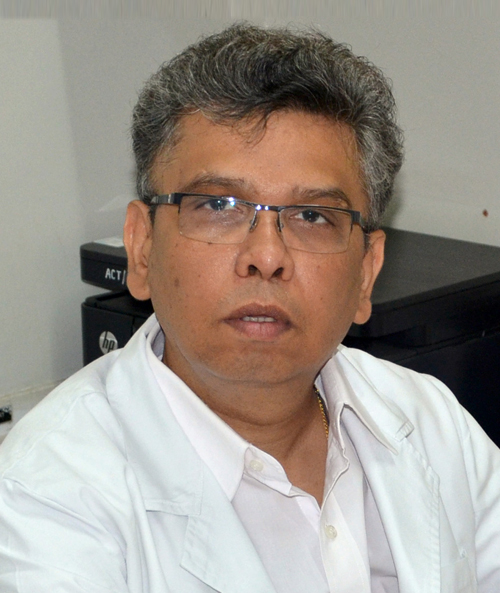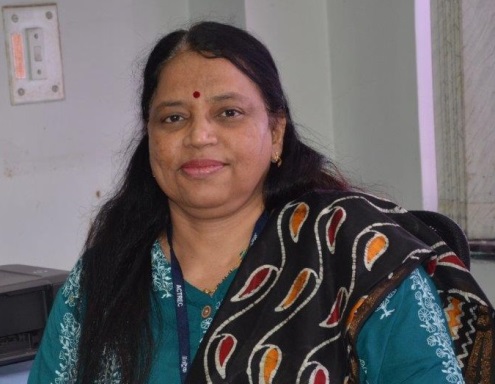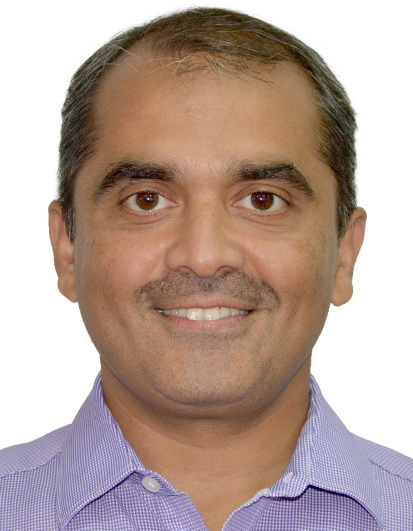ATP-Driven Allosteric Regulation of 14-3-3: Positive Modulation of ATP Hydrolysis and Negative Regulation of Peptide Binding.
 This graphical abstract illustrates dual allosteric modulation by ATP. ATP binding at allosteric site activates the enzyme and hydrolyzes the ATP at catalytic site to ADP and iP. On contrary, ATP binding at allosteric site exhibits the inhibition to the natural ligand peptide of 14-3-3 Most 14-3-3 protein types (except one called sigma) can bind to and break down ATP (a molecule cells use for energy), but scientists didn’t know how or why. This study confirms that 14-3-3 proteins have two ATP binding sites....
This graphical abstract illustrates dual allosteric modulation by ATP. ATP binding at allosteric site activates the enzyme and hydrolyzes the ATP at catalytic site to ADP and iP. On contrary, ATP binding at allosteric site exhibits the inhibition to the natural ligand peptide of 14-3-3 Most 14-3-3 protein types (except one called sigma) can bind to and break down ATP (a molecule cells use for energy), but scientists didn’t know how or why. This study confirms that 14-3-3 proteins have two ATP binding sites....
Autophagy-Mediated ID1 Turnover Dictates Chemo-Resistant Fate in Ovarian Cancer Stem Cells
 A recently published research article titled “Autophagy-mediated ID1 turnover dictates chemo-resistant fate in ovarian cancer stem cells” from Dr. Pritha Ray’s Lab was featured in “Cancer Stem Cell News” which is an online resource (maintained by STEM CELL TECHNOLOGIES) that curates the top research publications and reviews about cancer progenitor cells and cancer stem cells. This study addresses a critical gap in understanding the mechanisms by which ovarian cancer stem cells (CSCs) maintain their chemo-resistant state, posing...
A recently published research article titled “Autophagy-mediated ID1 turnover dictates chemo-resistant fate in ovarian cancer stem cells” from Dr. Pritha Ray’s Lab was featured in “Cancer Stem Cell News” which is an online resource (maintained by STEM CELL TECHNOLOGIES) that curates the top research publications and reviews about cancer progenitor cells and cancer stem cells. This study addresses a critical gap in understanding the mechanisms by which ovarian cancer stem cells (CSCs) maintain their chemo-resistant state, posing...
Prognostic & predictive roles of cancer stem cell markers in HNSCC patients
 Recent publication in the British Journal of Cancer by Dr Manoj Mahimkar’s group at ACTREC proposed potential predictive biomarkers for stratifying head and neck squamous cell carcinoma (HNSCC) patients for epidermal growth factor receptor (EGFR)-targeted therapy based treatments. HNSCC are a heterogeneous group of cancers and a leading cause of mortality in India. . Treatment modalities for HNSCC are decided based on the stage of the disease. However, patients respond differently to each treatment and not all patients receive benefits...
Recent publication in the British Journal of Cancer by Dr Manoj Mahimkar’s group at ACTREC proposed potential predictive biomarkers for stratifying head and neck squamous cell carcinoma (HNSCC) patients for epidermal growth factor receptor (EGFR)-targeted therapy based treatments. HNSCC are a heterogeneous group of cancers and a leading cause of mortality in India. . Treatment modalities for HNSCC are decided based on the stage of the disease. However, patients respond differently to each treatment and not all patients receive benefits...
Red seaweed polysaccharide derived nanocomposites help fight cancer
 The researchers, led by Dr Jyoti Kode at the Advanced Centre for Treatment, Research & Education in Cancer, Tata Memorial Centre in Navi Mumbai, India, found that the nanocomposite controlled the growth of human colon, blood and breast cancer cells. The nanocomposite, made using red seaweed-derived polysaccharide and silver nanoparticles, has been found to selectively kill the cancer cells, sparing healthy cells. These findings, the researchers say, show the potential applications of abundant, renewable seaweed biomass in developing cancer nanotherapy...
The researchers, led by Dr Jyoti Kode at the Advanced Centre for Treatment, Research & Education in Cancer, Tata Memorial Centre in Navi Mumbai, India, found that the nanocomposite controlled the growth of human colon, blood and breast cancer cells. The nanocomposite, made using red seaweed-derived polysaccharide and silver nanoparticles, has been found to selectively kill the cancer cells, sparing healthy cells. These findings, the researchers say, show the potential applications of abundant, renewable seaweed biomass in developing cancer nanotherapy...
Randomised trial comparing pelvic radiotherapy to prostate-only...
 Radical radiotherapy to the prostate is the recommended curative treatment for ‘high risk’ prostate cancer which is localised to the prostate, but with increased risk of involvement of pelvic lymph nodes. Yet, the benefit of radiotherapy to the whole pelvis has not been established. Randomised trial of Prostate Only or Pelvic Radiotherapy in high risk prostate cancer (POP-RT) from Tata Memorial Centre is comparing the benefit of radiotherapy to pelvic nodes in addition to prostate, using modern conformal
technique of image guided intensity modulated radiotherapy (IG-IMRT)...
Radical radiotherapy to the prostate is the recommended curative treatment for ‘high risk’ prostate cancer which is localised to the prostate, but with increased risk of involvement of pelvic lymph nodes. Yet, the benefit of radiotherapy to the whole pelvis has not been established. Randomised trial of Prostate Only or Pelvic Radiotherapy in high risk prostate cancer (POP-RT) from Tata Memorial Centre is comparing the benefit of radiotherapy to pelvic nodes in addition to prostate, using modern conformal
technique of image guided intensity modulated radiotherapy (IG-IMRT)...
Sustained inhibition of PARP-1 activity delays glioblastoma recurrence by enhancing radiation-induced senescence
 Recently Dr. Shilpee Dutt’s lab at ACTREC published important manuscripts in ‘Cancer Letter’ that address the fundamental issue of radiation resistance and recurrence in glioblastoma multiforme (GBM). GBM is the most aggressive and malignant primary brain tumor with median overall survival of barely 18 months. Despite multimodal therapy recurrence in GBM is inevitable making GBM the most difficult brain tumor to treat. GBM recurrence is due to the residual disease cells that are left after surgery and radio-therapy...
Recently Dr. Shilpee Dutt’s lab at ACTREC published important manuscripts in ‘Cancer Letter’ that address the fundamental issue of radiation resistance and recurrence in glioblastoma multiforme (GBM). GBM is the most aggressive and malignant primary brain tumor with median overall survival of barely 18 months. Despite multimodal therapy recurrence in GBM is inevitable making GBM the most difficult brain tumor to treat. GBM recurrence is due to the residual disease cells that are left after surgery and radio-therapy...
Inhibition of SETMAR-H3K36me2-NHEJ repair axis in residual disease cells prevent glioblastoma
 Recently Dr. Shilpee Dutt’s lab at ACTREC published important manuscripts in ‘Neuro-Oncology’ that address the fundamental issue of radiation resistance and recurrence in glioblastoma multiforme (GBM). GBM is the most aggressive and malignant primary brain tumor with median overall survival of barely 18 months. Despite multimodal therapy recurrence in GBM is inevitable making GBM the most difficult brain tumor to treat. GBM recurrence is due to the residual disease cells that are left after surgery and radio-therapy. Therefore, it is imperative to eliminate ...
Recently Dr. Shilpee Dutt’s lab at ACTREC published important manuscripts in ‘Neuro-Oncology’ that address the fundamental issue of radiation resistance and recurrence in glioblastoma multiforme (GBM). GBM is the most aggressive and malignant primary brain tumor with median overall survival of barely 18 months. Despite multimodal therapy recurrence in GBM is inevitable making GBM the most difficult brain tumor to treat. GBM recurrence is due to the residual disease cells that are left after surgery and radio-therapy. Therefore, it is imperative to eliminate ...

